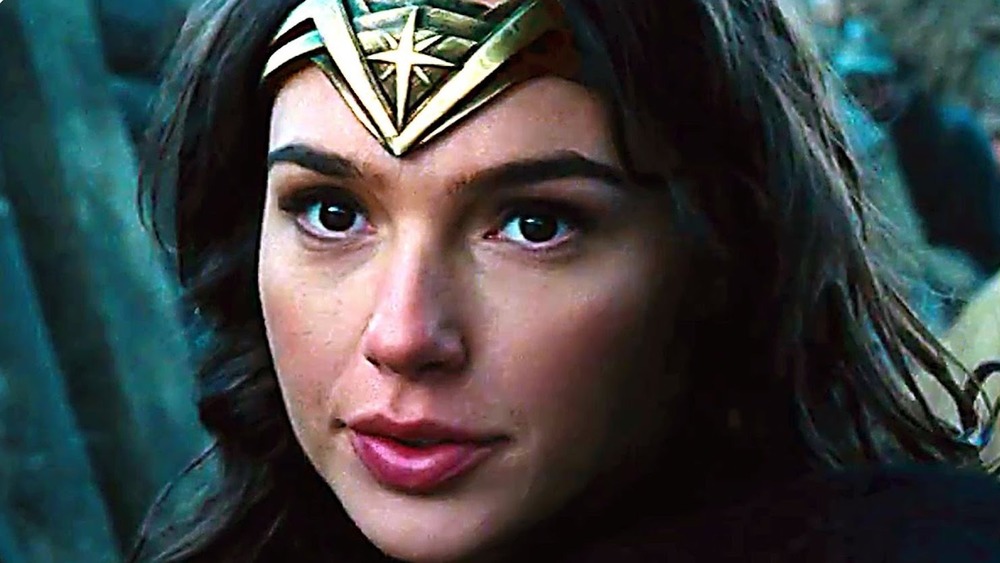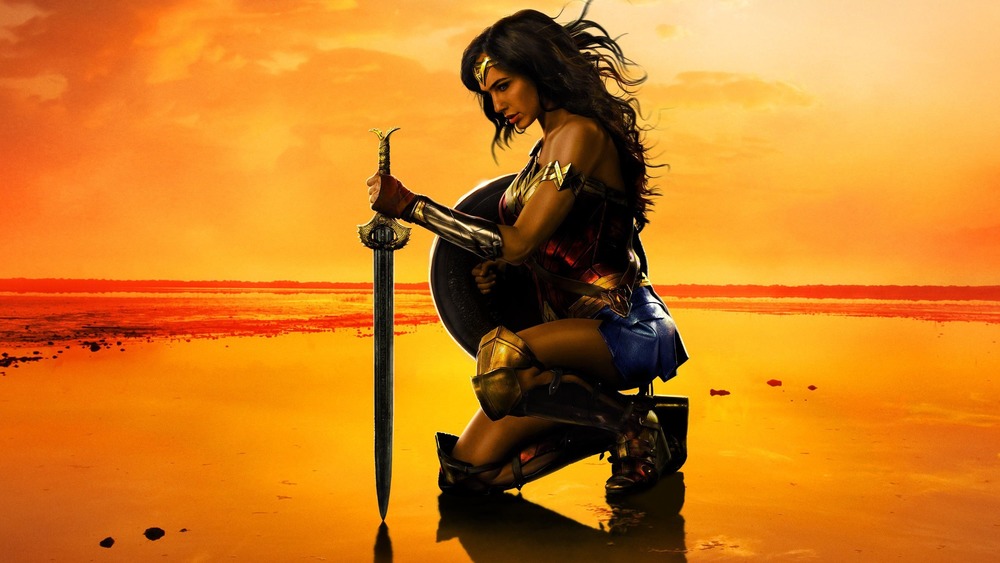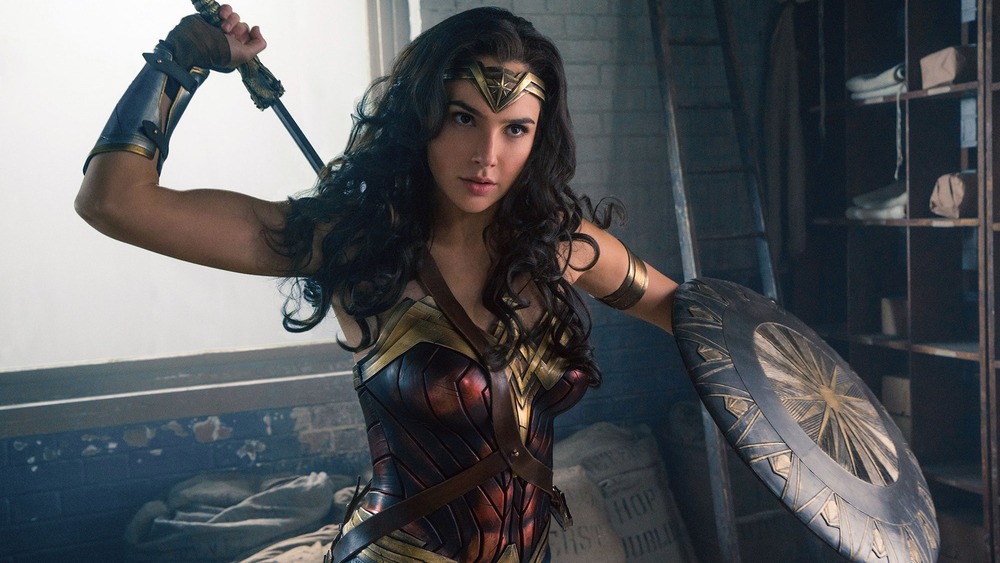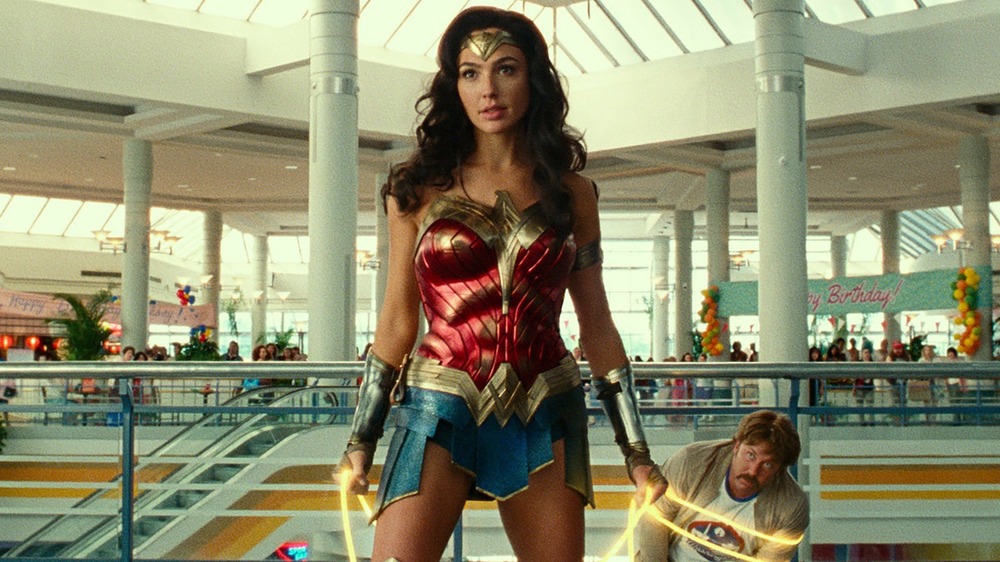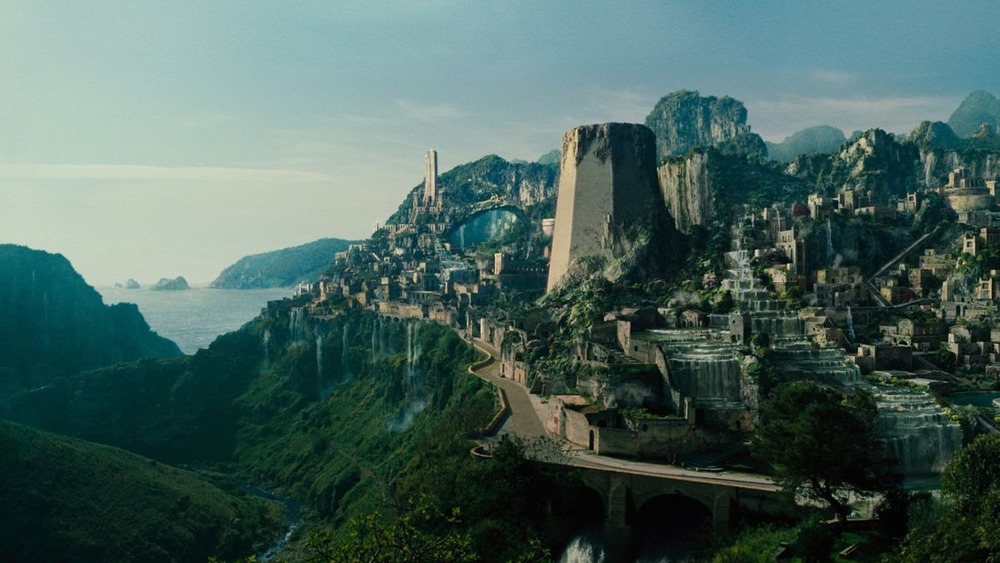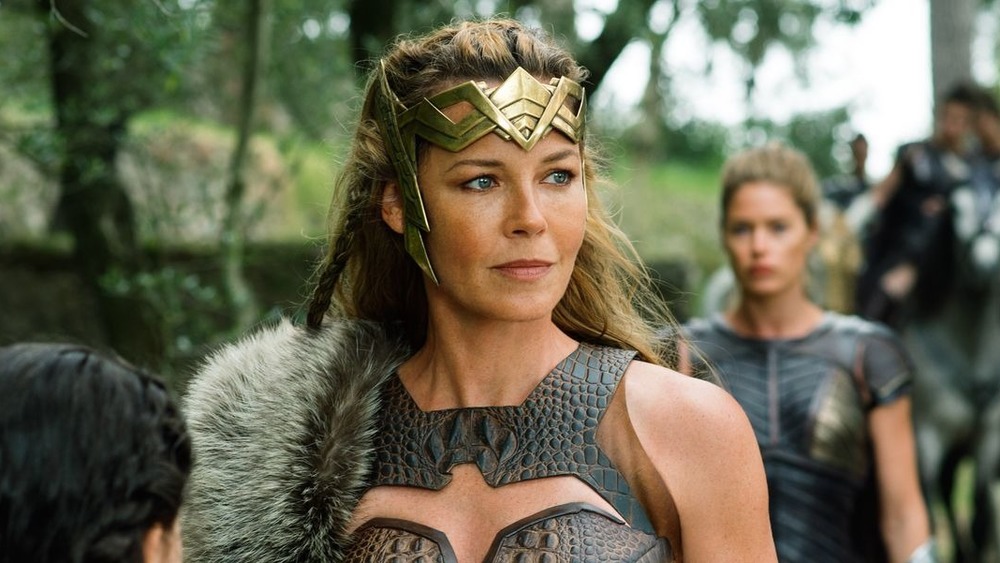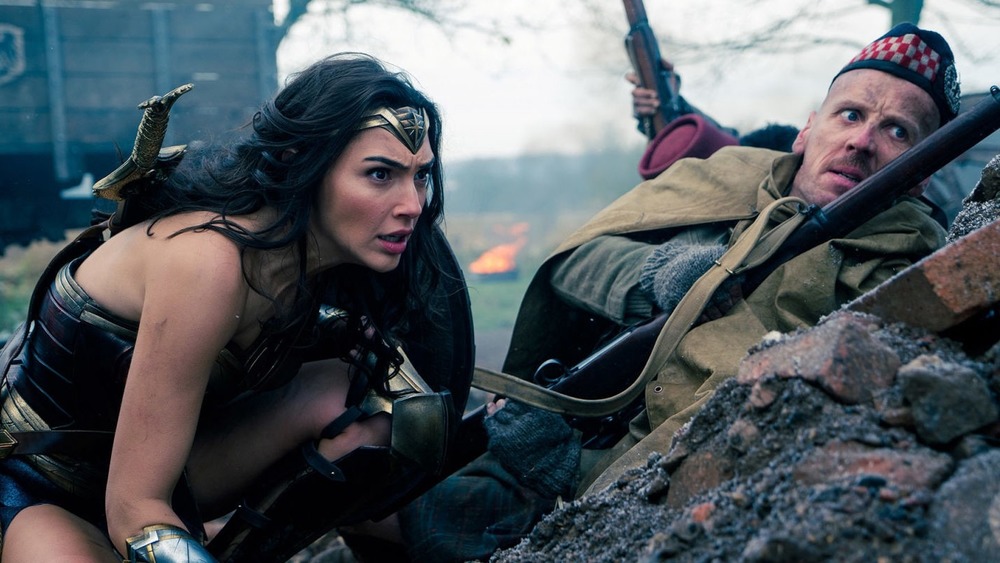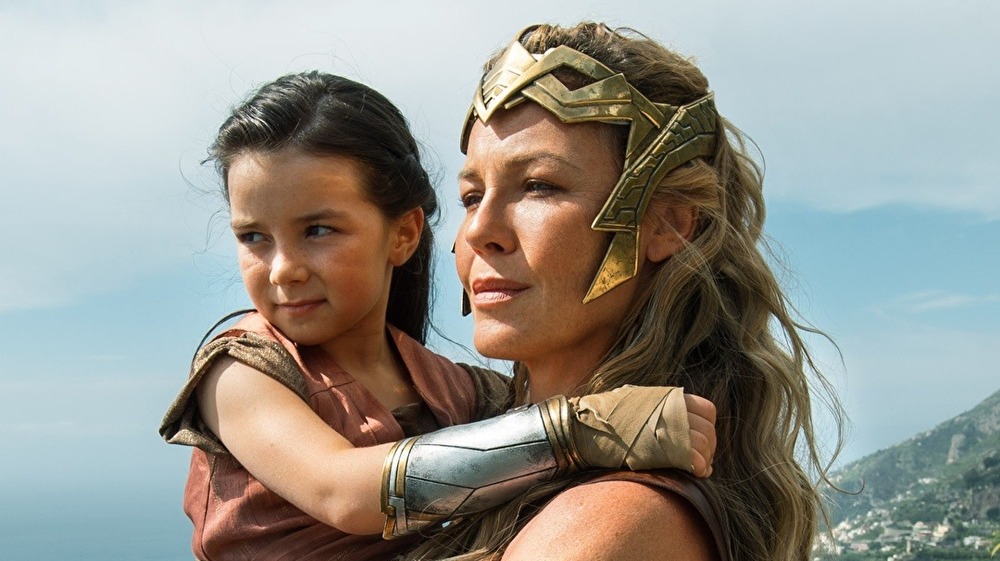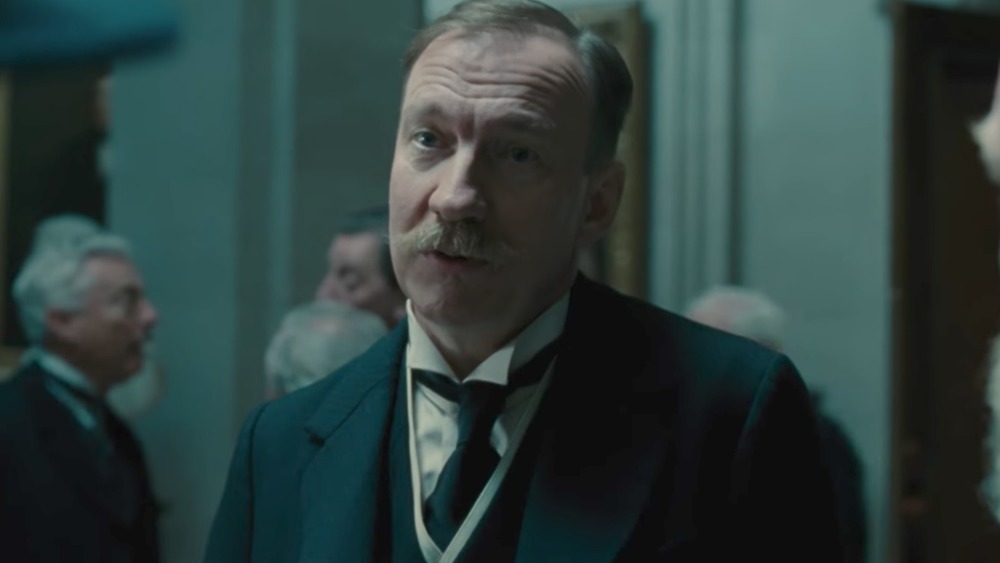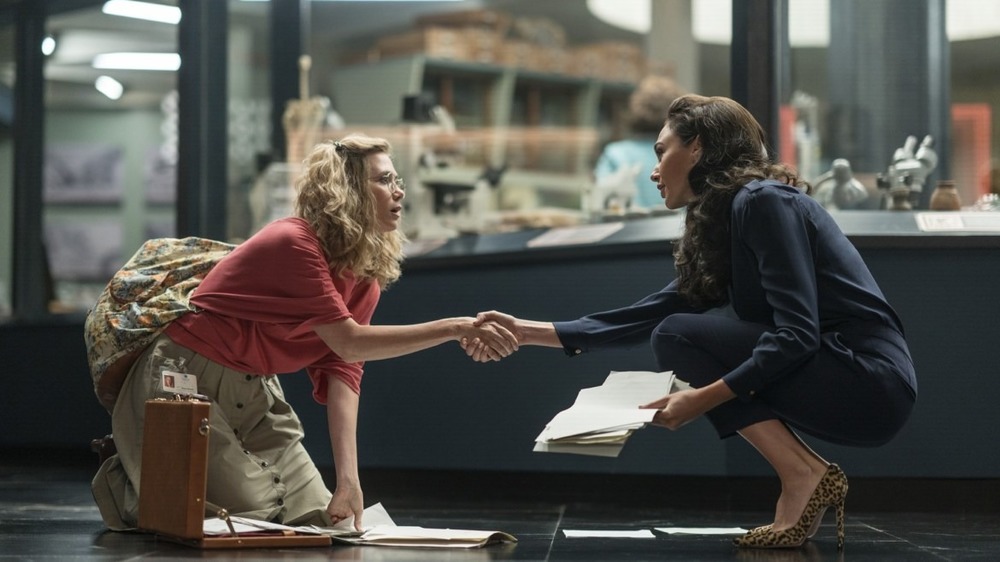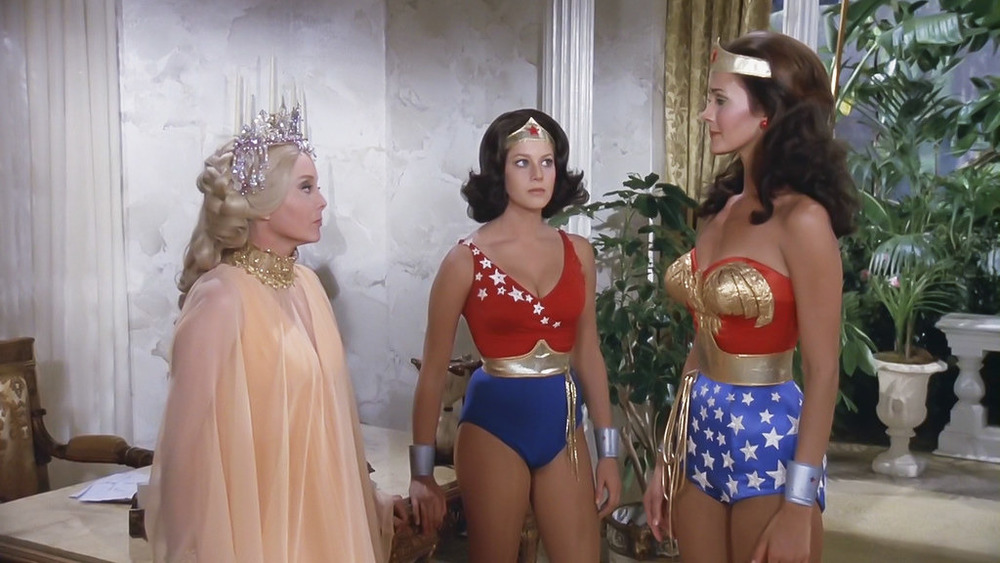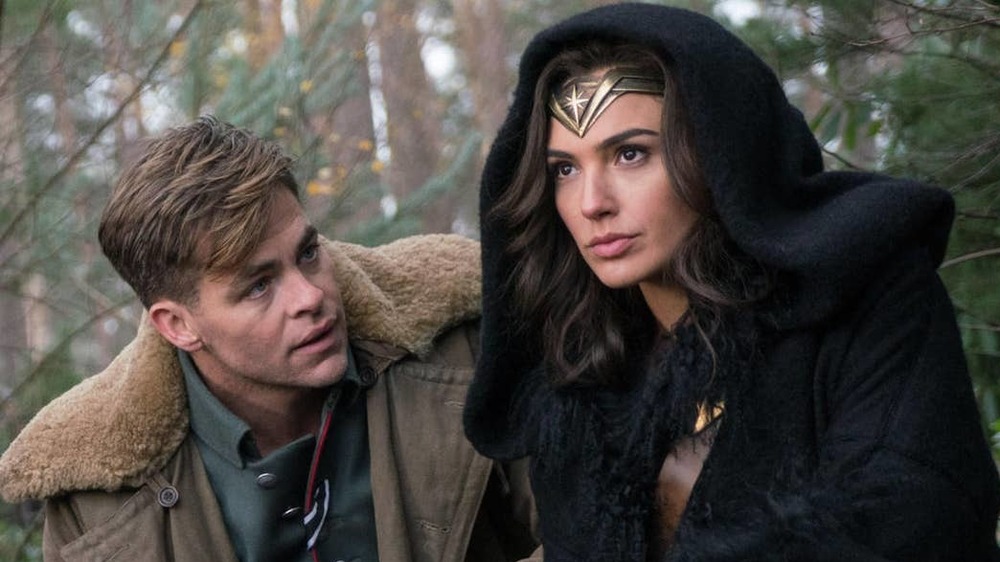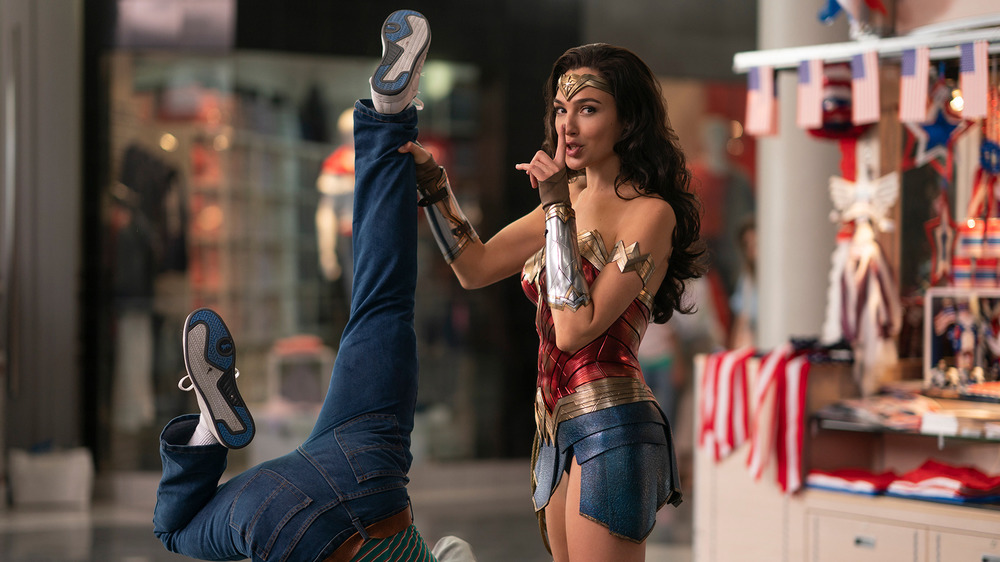Rules That Wonder Woman Follows In The Movies That Differ From The Comics
With appearances across four movies over the last five years, Gal Gadot's cinematic Wonder Woman has been a smashing success, and her live-action adventures have led to something of a rebirth for the character worldwide. Longtime fans of the character finally saw their hero come to the silver screen, and a whole new generation met the character for the first time.
However, those who have fallen in love with the Amazonian princess' cinematic adventures may be surprised when they decide to explore her comic book source material. Like most adaptations, Batman v Superman: Dawn of Justice, Wonder Woman, Justice League, and Wonder Woman 1984 have established their own set of rules for Gal Gadot's character to follow, and many of them never applied to Diana Prince in the comics from whence she came.
Though the two versions of the Amazon are largely similar, new readers will discover some important differences between the two, especially as they dive deeper into her extensive history. With over 80 years of continuous publication under her belt, Wonder Woman doesn't always play by the same set of rules. Here's a closer look at the rules this superheroine must follow.
She always has a sword and shield
Ever since she exploded onto screens in 2016's Batman v Superman: Dawn of Justice, Wonder Woman has leapt into action with her sword and shield again and again. It isn't always the same sword, and the shield might be improvised using the door of a tank, but they're invariably there.
The look has become iconic, but these weren't always Diana's weapons of choice. She didn't begin regularly using a sword and shield in the comics until 2011, 70 years after her debut in 1941's All-Star Comics #8. The change came as part of DC Comics' line-wide New 52 reboot in 2011, which attempted to reimagine their stable of characters as younger, grittier versions of their former selves. Before this, Wonder Woman rarely used a sword, preferring to rely on her indestructible bracelets, boomerang-like tiara, and her powerful Lasso of Truth instead.
According to an interview with Gal Gadot, Patty Jenkins chose to reflect this former attitude in Wonder Woman 1984 and not feature the sword or shield in any meaningful way. Even with this departure, the norm has been set, and Diana still utilizes the combination in her future as a member of the Justice League.
She's the world's first superhero
In both the real world and the DC Comics Universe, Superman is famous for being the world's first superhero, but this isn't the case in the DC Extended Universe. Henry Cavill's Superman retains his status as the first public superhero, but Batman v Superman and 2017's Wonder Woman revealed that the Amazonian princess appeared nearly 100 years before her future Kryptonian teammate. Wonder Woman 1984, which showed Diana's adventures in the 1980s, also adopted this line.
This has never been the case in the comics. Superman debuted in Action Comics #1 in 1938, and Diana wasn't created for another three years until 1941. This order of appearance has remained consistent for reboot after reboot. One version, written by George Perez in the late 1980s, even has Wonder Woman travel to Man's World nearly a decade after most of the superhuman community became public knowledge.
Her main costume is always the same
Apart from the new, golden suit of armor she donned for the finale of Wonder Woman 1984, Diana has sported the same classic costume in each of her cinematic outings. Modeled after ancient Greco-Roman armor, Wonder Woman's live-action attire has quickly become her most iconic and universal look, adopted as her go-to getup in comic books, cartoons, and other related media ever since.
Fans who met Wonder Woman in her 2017 film would be forgiven for thinking that this has been her costume for some time. After all, in the DCEU, she's been wearing it for over one hundred years. What they may not realize, however, is that not only was 2016's Batman v Superman was the outfit's first appearance, but the comic book version of Wonder Woman has rarely worn the same outfit for very long.
Sure, the overall design principles remain the same, but the details have been known to alter from panel to panel. The original version of her costume featured a golden eagle on the shirt, a white belt, and a pair of blue skorts adorned with white stars. Over the years, the golden eagle would become a stylized "W," the white belt would turn gold, and the skorts would become anything from a simple skirt to something more akin to underwear.
She can't return to Paradise Island
When Diana Prince leaves her home, Themyscira, in 2017's Wonder Woman, it is an emotional, grief-stricken moment for both her and her mother. When we see her living in Man's World in the 1980s and late 2010s, the movies make sure viewers know that Diana is depressed and lonely because of one important rule: she can never return to Paradise Island.
Connie Nielsen's Queen Hippolyta makes this clear the second Diana suggests leaving the island with Chris Pine's Steve Trevor. Any Amazon who leaves the island will never be able to find it again. This is what fills Diana's departure with such sadness, why Hippolyta refuses to help the world of men, and why Diana spends the century between Wonder Woman and Justice League in Man's World. After Steve's death, she likely wanted to go home, but she can't.
In the comics, however, this isn't always the case. Though many versions of her story abide by it, most tend to allow her to return at some point. Sometimes, like in Lynda Carter's Wonder Woman television series, it's extremely easy for Wonder Woman to go home and back again, and she does so fairly often, even returning to the island for a few decades after World War II ended so the show could be moved to the present day for its second season (or third, if you're watching on HBO Max). It's even a common trope for Diana to get in trouble with her mother for bringing her male Justice League teammates to the island when they need help, though we likely won't be seeing this happen on screen anytime soon.
She can't see her mother again
For the same reasons that Diana can't return to Paradise Island, her mother can never leave it. Hippolyta is far more than just the mother of Wonder Woman. She is the queen of the Amazons and, as such, has a duty to her people. She can't abandon them; as we see in 2017's Justice League, her people need her leadership should dangers like Steppenwolf ever come to the island.
Much like the rule about returning to Themyscira, however, this is not consistent in the DC comic books. Not only can Diana simply travel to the Amazonian island for a Mother's Day visit, but Hippolyta also often leaves to adventure in Man's World herself. Hippolyta has traveled to our side of the pond multiple times over the last few decades, often filling in for her daughter when she's unavailable for one reason or another. In one version, DC's writers even revealed that it was Hippolyta, not Diana, who fought against the Nazis during World War II alongside the Justice Society of America, DC's Golden Age team of heroes.
She arrives during World War I
Though Batman v Superman alluded to it, 2017's Wonder Woman confirmed that, in the cinematic DCEU, Diana Prince arrives in Man's World in 1918, the final year of World War I. Though this choice makes perfect sense for the film and fits with its main theme, the movie was actually the first version of Wonder Woman's story that had her arrive during that year.
In her original comic book run, Wonder Woman arrived almost 25 years later during World War II. She still fought against Germans, but these were the Nazis of the Axis Powers, not the German monarchy of the Central Powers. This version of her origin was kept for Lynda Carter's Wonder Woman series. The comics eventually updated it so that she arrives a few years before the "present day," with that date changing based on the comic book's year of publication.
She has to be a child of Zeus
Though 2017's Wonder Woman initially seemed to stay with Diana's classical origin as a statue of molded clay, it eventually revealed that her biological father was Zeus, the ruler of Olympus and its many deities. The movie explains that this was kept secret from everyone, including Diana, in an attempt to keep her safe from Ares, the god of war. This change to her origin makes Diana a demigod — the child of a mortal and a god — and is used as the explanation for her incredible powers.
In the comics, however, her origin as a clay figurine was no ruse; it was reality. Desperately wishing that she had a daughter, Hippolyta molded a child out of clay on the shores of Themyscira, prayed to the gods, and begged them to make the child real. Though it isn't always the same god breathing life into the clay (sometimes it's actually several gods working together), Diana's origin always consisted of the same set of events until DC Comics' New 52 reboot in 2011, when they officially switched to the version of events that were eventually adapted for the movie.
The Greek gods are dead
Though the movie faithfully adapted most aspects of her current origin story, 2017's Wonder Woman made one significant alteration. The Greek gods are dead, murdered by Ares in his quest for power and revenge, and Diana is the only Olympian left.
This has almost never been the case in DC's comic book universe, and many of Wonder Woman's most beloved comic book storylines revolve heavily around her interactions with various versions of the Greek pantheon. In fact, in the story that established Diana's origin as a daughter of Zeus, one of her main antagonists was Hera, Zeus' wife.
In Greek mythology, Zeus constantly betrays Hera by sleeping with other women. Since he's the king of the gods, Hera can't do anything about his infidelity, so she takes out her pain and anger on the only things she can: Zeus' mistresses and illegitimate children. In this story, Wonder Woman's heritage was hidden to keep her safe from the goddess. Once Hera discovers that Zeus is Diana's father, Hera does everything she can to hunt the Amazon down and end her.
She doesn't have many friends
Diana's cinematic appearances in the DCEU have not occurred in chronological order. Her first appearance in Batman v Superman takes place in 2016, but her next movie, Wonder Woman, is set in 1918. Her most recent movie, Wonder Woman 1984, takes place over 60 years after World War I, but 32 years before 2016. Because of this, the DCEU has had to create a set of rules for Diana's character to follow so that her character arc still makes sense when viewed in chronological order, despite being filmed and released so completely out of sequence.
One of the most significant of these rules is that Diana is lonely. After Steve Trevor's sacrifice at the end of World War I, Diana refuses to open herself up to anyone else out of fear of losing them as well, and this desire to close herself off only strengthens as time passes and she discovers just how quickly normal people age while she remains immortal. Because of this, Diana doesn't have many friends, a fact that forms a crucial part of her character arcs in both 1984 and Justice League.
But this was never the case in Wonder Woman's comic books, where she developed a large supporting cast of pals. In the 1940s, for example, she often worked with Etta Candy and her fellow college students. She was constantly making friends and working with new heroes both with and without her many superhero teams.
She can't have a sidekick
One of the other consequences of this rule, however, is that Diana will likely never fight on screen alongside a Wonder Girl. There have been multiple versions of this character in Wonder Woman's comic books, television shows, and cartoons, but at this point, it seems highly unlikely viewers will see one appear on the big screen, despite the character's rich history.
Though the CW was considering a Wonder Girl television series until relatively recently, the small screen is likely the only place we might see a version of this character for the foreseeable future. Simply put, between the relative complexity of Wonder Girl's various origins, the common disdain for live-action sidekicks in general, and Diana's enforced loneliness in the DCEU overall, the appearance of a sidekick seems like a distant dream.
She misses Steve Trevor
This rule is perhaps the most significant for Wonder Woman's character. She will always miss Steve Trevor. Steve's death at the end of 2017's Wonder Woman left a scar in Diana's heart that she still feels almost 100 years later in the movie Justice League. Her sorrow over Captain Trevor is the main reason she chooses to keep herself out of world affairs until the events of Batman v Superman, and it causes one of the central conflicts of Wonder Woman 1984.
In the comics, this has never really been the case; indeed, she often doesn't even know he exists. Though Captain Trevor played a major role in her original Golden Age comic book stories and Lynda Carter's Wonder Woman TV series, he barely appeared at all otherwise. It wasn't until 2011 that Steve Trevor began regularly appearing in modern comic books, and even then, Diana didn't love him; she was dating Superman. In 2016, Diana and Steve finally became a couple again in anticipation of her first solo movie, and since Steve isn't dead, Diana doesn't really have any reason to miss him.
She must remain hidden until 2016
Out of all the rules for Wonder Woman, this is the one that likely annoys her filmmakers the most. By the time 2016's Batman v Superman released in theaters, DC had already made two important executive decisions. Superman was the world's first public superhero — as established in Zack Snyder's Man of Steel — and Wonder Woman's origin was going to take place during World War I. For these two different facts to coexist, Wonder Woman was going to have to remain hidden until she made herself known during the events of Batman v Superman.
This is why Patty Jenkin's Wonder Woman ends with Diana's decision to hide from Man's World, and why the follow-up movie, Wonder Woman 1984, constantly shows Wonder Woman destroying cameras and telling those she saves to keep quiet. Though the real-world rationale behind this is understandable, the rule has unfortunately proved rather limiting and often tests viewers' suspension of disbelief.
